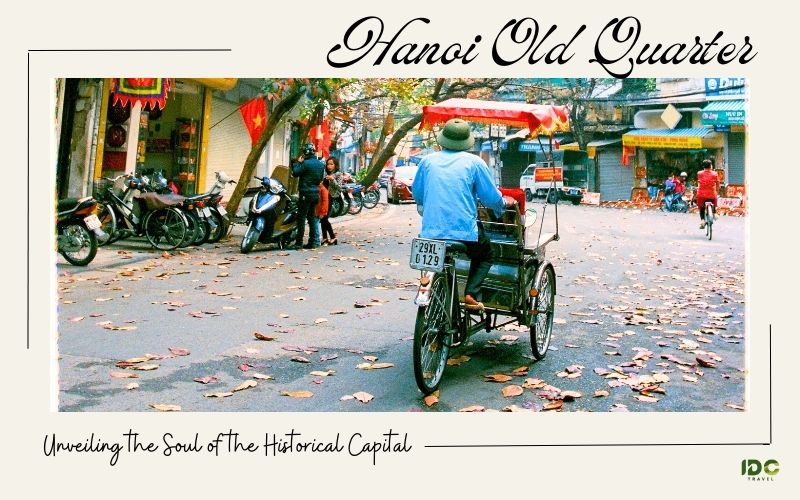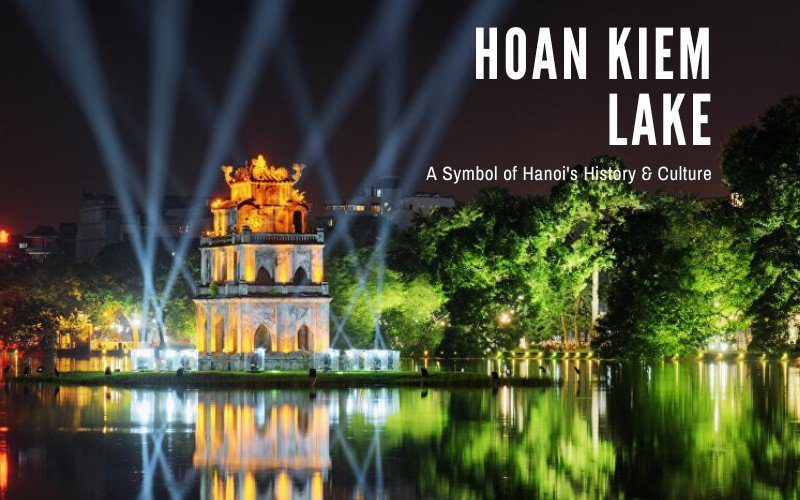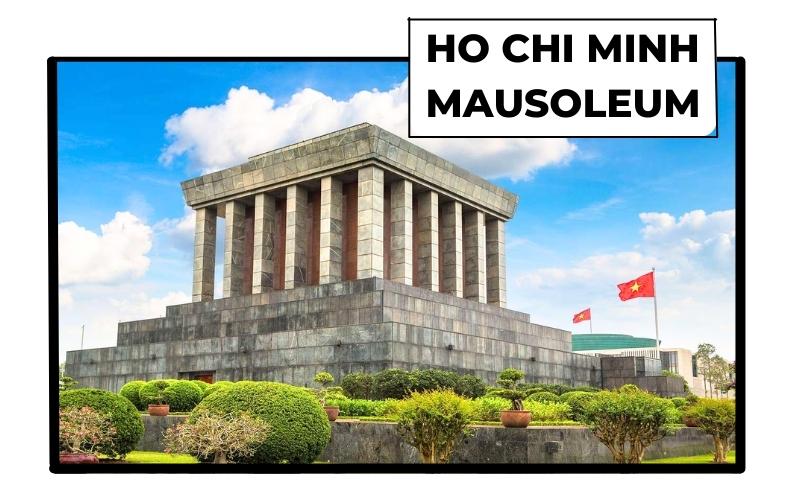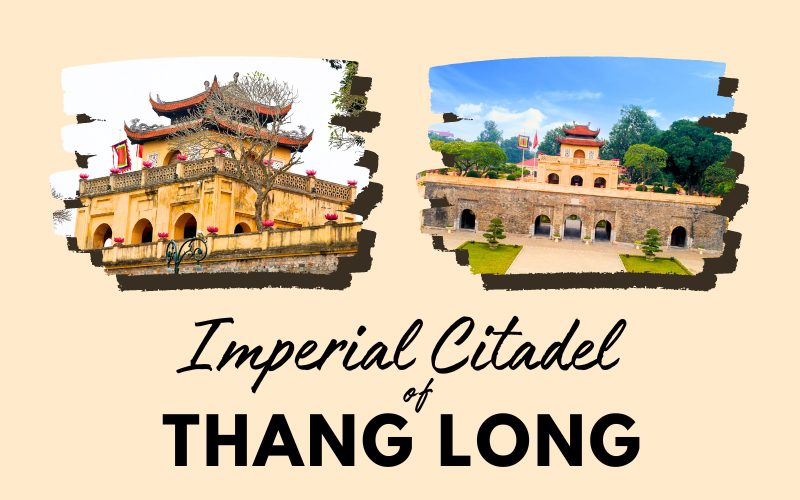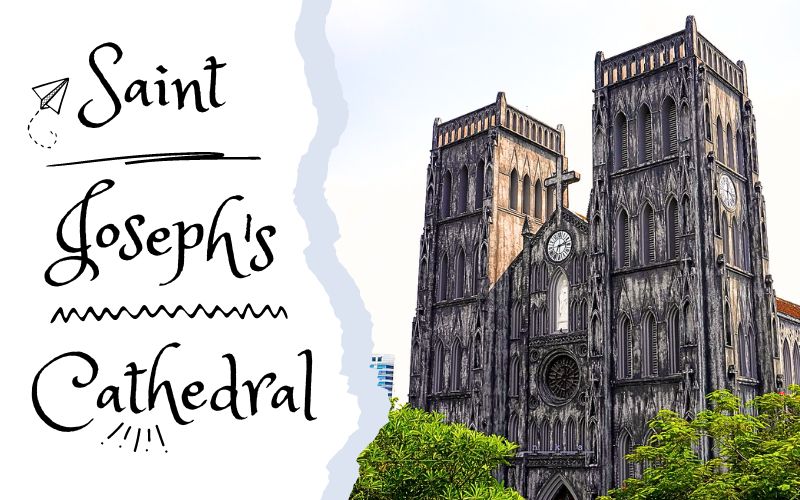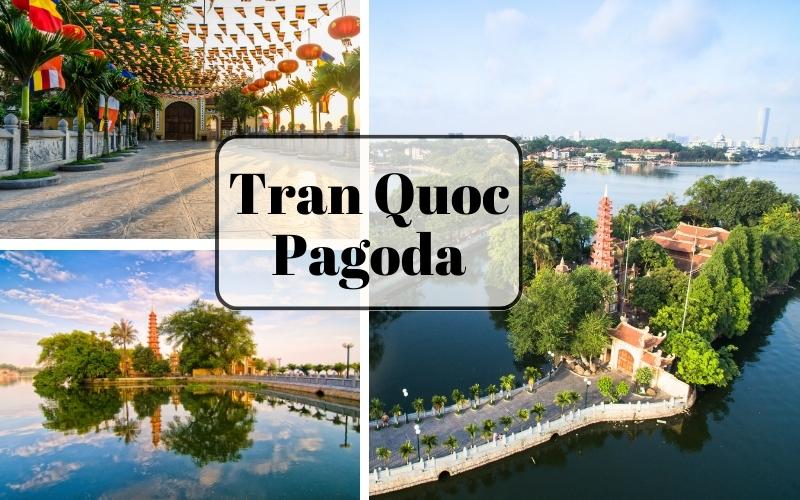Hanoi, the capital city of Vietnam, is a blend of rich history, vibrant culture, and modern urban energy. If you are planning to visit this city in the upcoming time, here are the best places to visit in Hanoi to add to your travel bucket list:
Ho Chi Minh Mausoleum
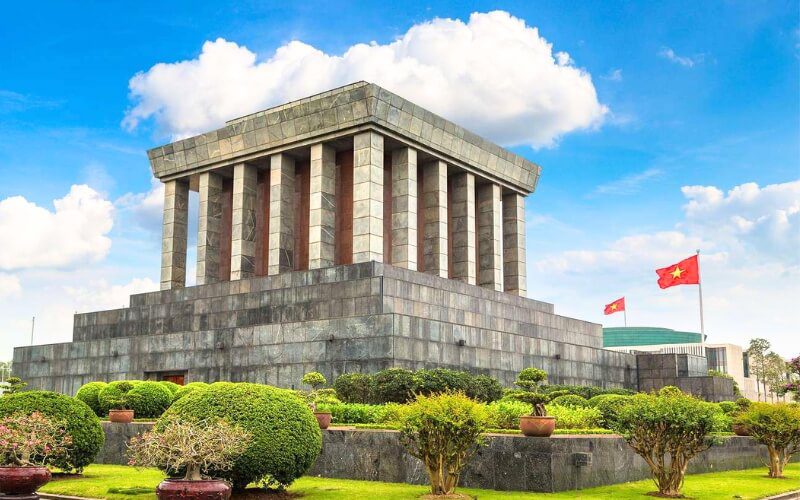
Ho Chi Minh Mausoleum
Located in the center of Ba Dinh Square, the Ho Chi Minh Mausoleum is a monumental marble edifice that houses the embalmed remains of Ho Chi Minh, Vietnam’s beloved leader. This place is not just a tourist site but a part of living history, evoking a deep sense of national pride among locals. Spend a morning in Hanoi visiting this historical monument to feel how significant it is.
Hanoi Old Quarter
Being the heart and soul of Hanoi, the Old Quarter is a maze of winding narrow streets, brimming with history. This over-a-thousand-year-old area is like a living museum where it’s easy to witness the city’s transformation over the centuries. Here, traditional crafts thrive alongside boutique shops, and the aroma of delicious street food fills the air, inviting one to indulge in local delights like Pho or Bun Cha.
Hoan Kiem Lake and Ngoc Son Temple
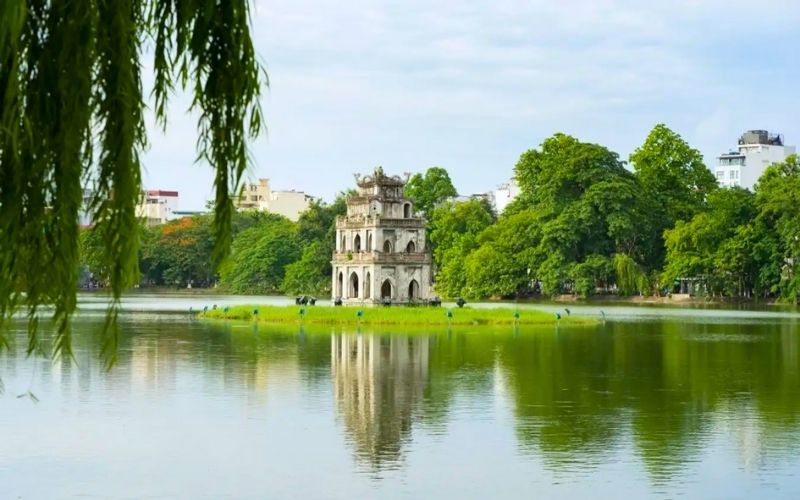
Hoan Kiem Lake
Hoan Kiem Lake is a serene oasis amidst the bustling city, a popular spot for leisurely walks. Dominating the lake is the Turtle Tower, a symbol of Hanoi. On the northern part of the lake, you can find Ngoc Son Temple, accessed by the iconic red The Huc Bridge.
Temple of Literature
The Temple of Literature is one of the most wonderful places to visit in Hanoi for historical lovers. It is a testament to Vietnam’s rich academic past as well as an architectural gem dedicated to Confucius. Constructed in 1070, it was home to Vietnam’s first national university. The serene courtyards, intricate sculptures, and ancient trees make it a peaceful escape. Here, you will also see many stone steles on turtles’ backs, carrying the names of successful scholars.
Hanoi Opera House
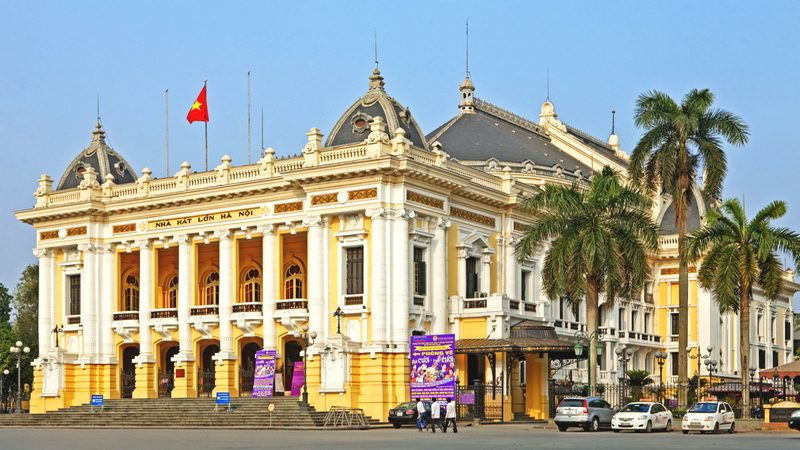
Hanoi Opera House
Hanoi Opera House stands majestically in the city’s old quarter as an epitome of French colonial architecture. It’s not just an architectural landmark but also a cultural beacon, hosting performances that range from traditional Vietnamese music and dance to international concerts and ballets.
Hoa Lo Prison (Hanoi Hilton)
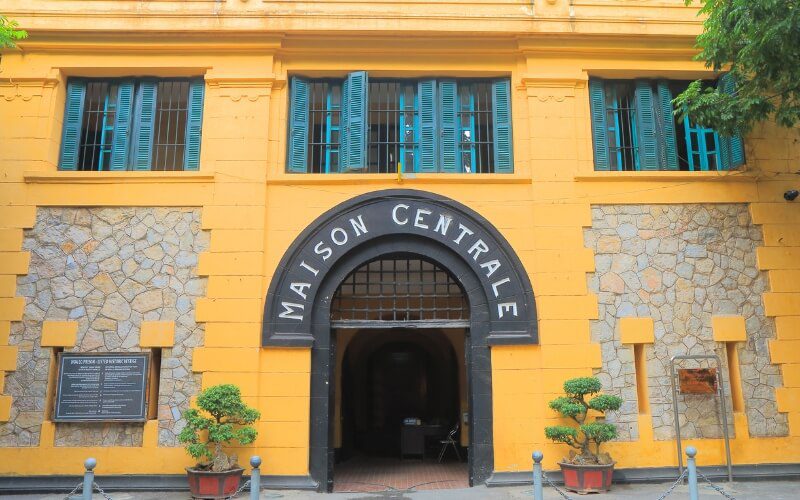
Hoa Lo Prison
Hoa Lo Prison, also known as “Hanoi Hilton,” once served as a detention center during French colonial rule. Later, during the Vietnam War, it housed American prisoners of war. Today, it stands as a museum, offering a poignant look at the struggles and sacrifices of those detained within its walls.
Dong Xuan Market
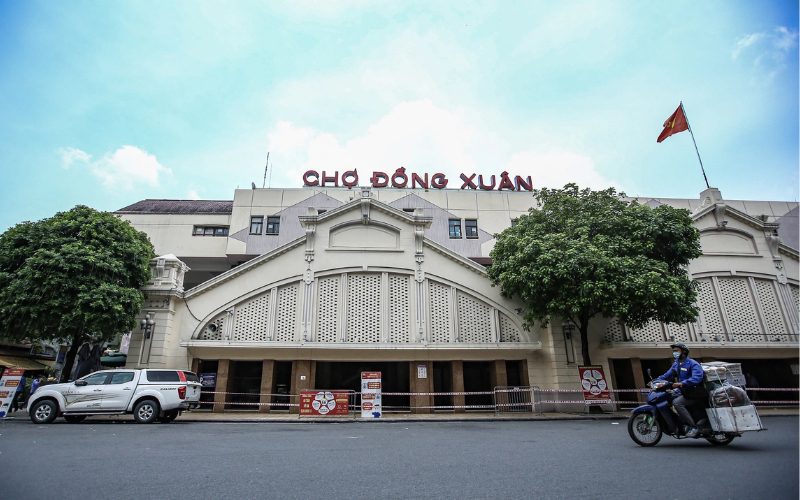
Dong Xuan Market
Dong Xuan Market is the largest market in Hanoi. This four-story Soviet-era building is packed with stalls selling everything from apparel and household goods to fresh products. The surrounding streets are a heaven for food enthusiasts, offering tantalizing authentic Hanoi food and a sensory overload of flavors and aromas.
